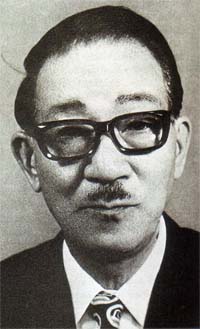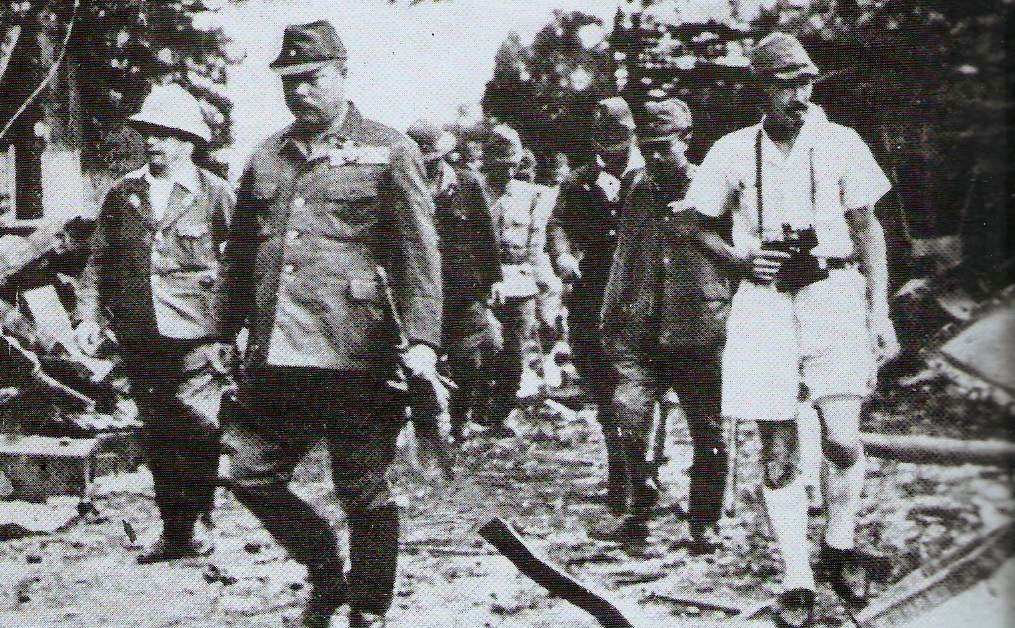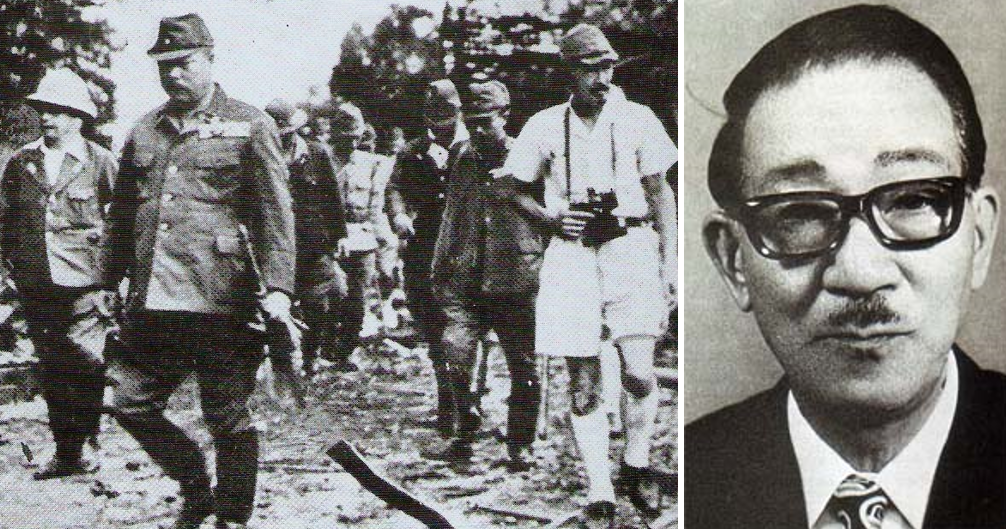Most people wouldn't have heard of Mamoru Shinozaki.
 Photo via Wikipedia.
Photo via Wikipedia.
Shinozaki was the adviser of Defence Headquarters, a rank equivalent to Lieutenant Colonel, during the Japanese occupation in Singapore.
He was also the chief education officer and chief welfare officer.
During his time as a high-ranking Japanese official, he put himself in danger by saving thousands of people from the Sook Ching operation carried out by the Japanese military.
 Shinozaki with General Yamashita. Photo via Wikipedia.
Shinozaki with General Yamashita. Photo via Wikipedia.
Prevented people from getting killed, rescued detainees
In 1942, the Japanese launched the Sook Ching operation to eliminate suspected anti-Japanese elements in the local communities.
To help the Chinese and Eurasians, who were most at risk during the operation, Shinozaki apparently gave out 20,000 to 30,000 protection and “safe passage” cards. These cards were supposed to be issued to Japanese collaborators and foreign diplomats only.
Apart from that, he also claimed to have rescued some 2,000 detainees from concentration camps.
In his autobiography, he said that he rushed between different detention locations and "pulled rank on or charming" Kempeitai officers in order to secure the release of dozens of men.
Has also received criticism
After the Japanese surrendered in 1945, Shinozaki was called to be a witness in several post-war trials.
In the Sook Ching war crimes trial, he claimed that the officers who carried out the operation were "kind" but had to follow orders. This stirred up some controversy among the Chinese press and community.
He also received criticism for citing the Japanese government's estimate of 6,000 as the death toll during the Sook Ching massacre. Other sources had parked the number at tens of thousands.
He was repatriated in 1947, only returned to Singapore over two decades later in 1975 to promote his war memoir Syonan, my story: The Japanese occupation of Singapore.
Shinozaki passed away in 1991, at the age of 82.
H/T: Kopi
Top photo via Wikipedia.
If you like what you read, follow us on Facebook, Instagram, Twitter and Telegram to get the latest updates.
